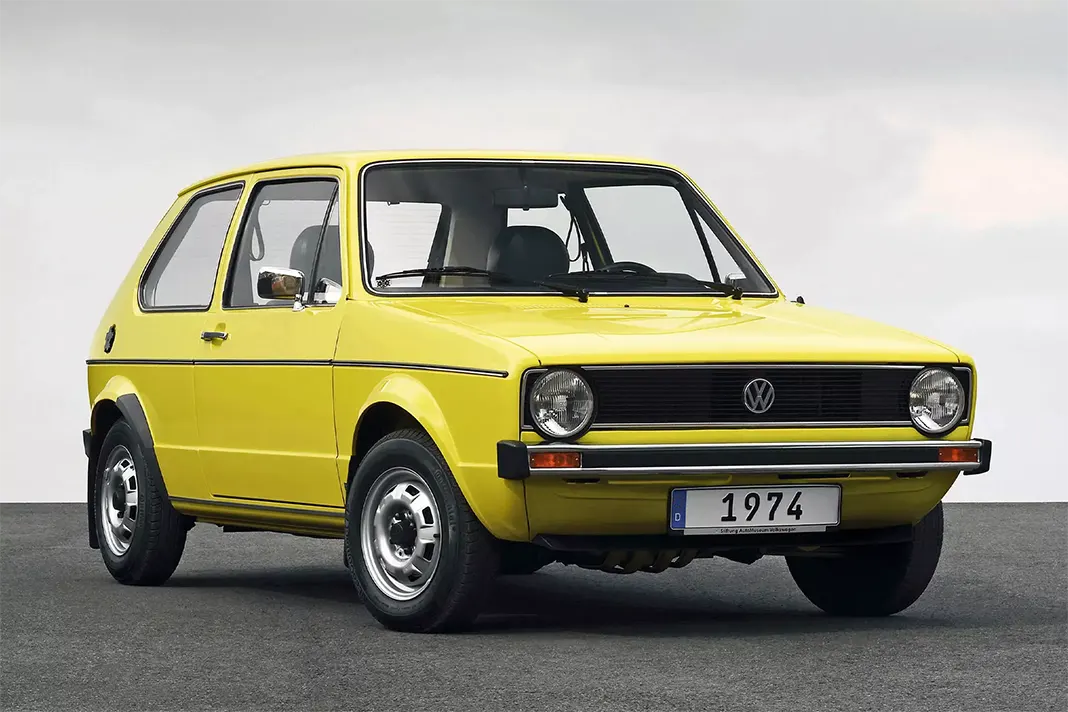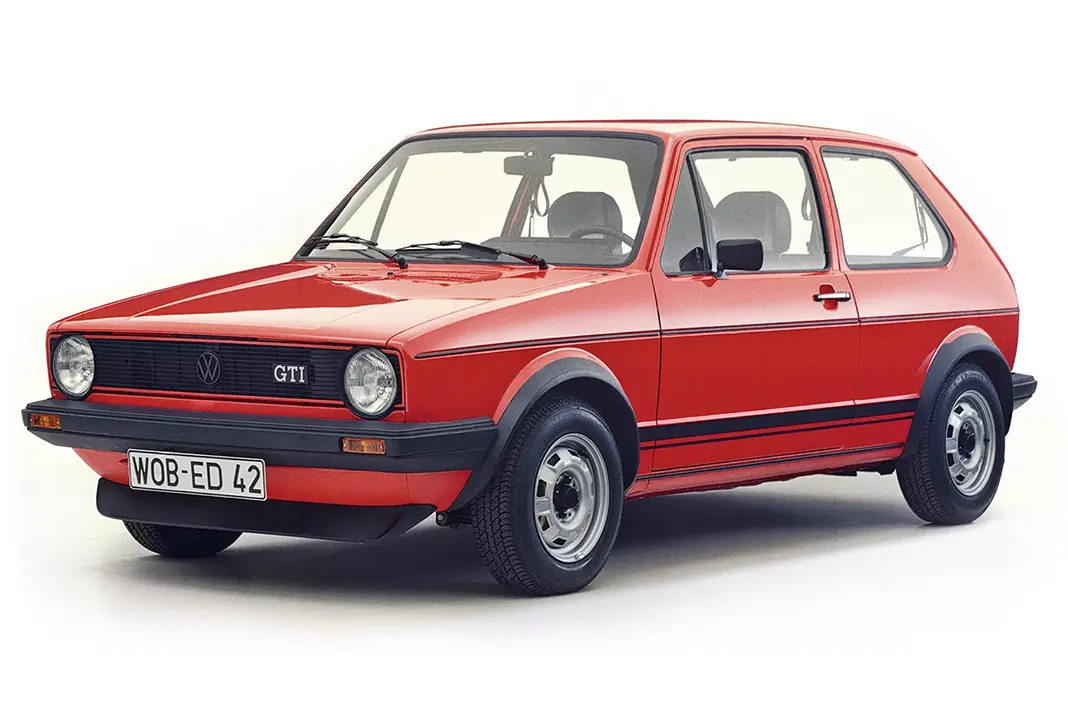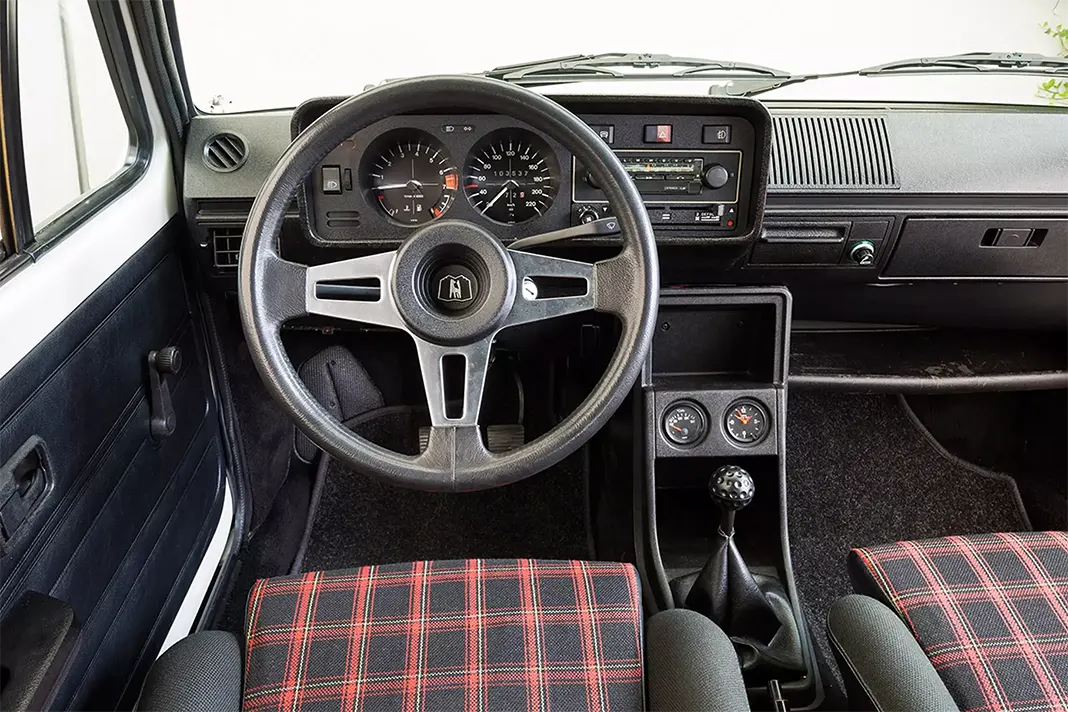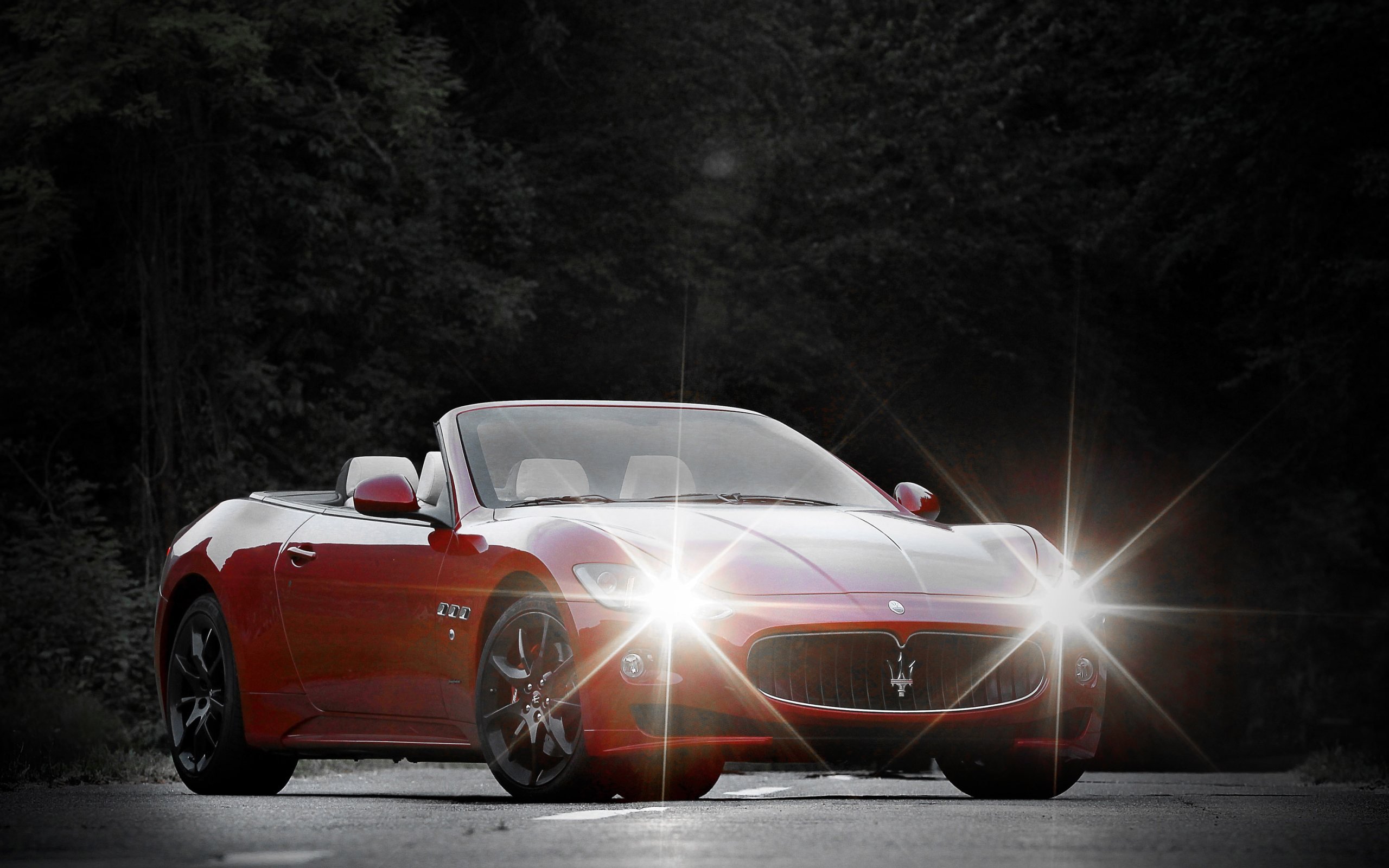What is "Golf"? It is one of the most successful and popular models in the industry. A whole class is named after her! But today, first of all, we will pay tribute to the founder of the name, the very first Mk1 from the seventies of the last century. The reason is appropriate - 50 years!
In the second half of the 1960s, the Germans faced the first post-war recession. The long favorable period has ended, the situation has returned to conditionally normal economic conditions. The day before, the brand took over Auto Union GmbH (at that time a division of Daimler-Benz AG) and its assets – enterprises with an annual output of 100 cars, 11 employees, 1200 dealerships and new engines.
At the same time, unpleasant things were happening with Volkswagen itself. In 1966, the auto giant built almost one and a half million cars and reported a profit of 300 million deutschmarks. But soon German sales fell from 600 to 370 thousand cars. At the beginning of the seventies, the market share and turnover decreased dramatically, so the issue of creating a successful novelty became a key issue for the brand. Plus, Volkswagen is orphaned. In 1968, its manager Heinz Nordhoff died, who for twenty years brought the company to the level of world leaders.
In fact, Volkswagen began work on a successor to the legendary Beetle back in the early 1950s, but the process stretched to anecdotal terms and was an endless conveyor belt of prototypes. Each is marked with numbers and letters EA (Entwicklungsauftrag or Development assignment, "development assignment"). One of the first is the EA41 – a redesigned Beetle with a Pininfarina design. Then came the EA47 and over ten variants over the next three years.
The final experiments perfectly demonstrate flight and the vector of thought. For example, the EA266 developed by Porsche is a mid-engine (!) rear-wheel drive hatchback. The idea is interesting, but absolutely not viable. Some of the journalists considered her to be crazy, capable of burying Volkswagen. Implementation is expensive, operation is uncomfortable due to strong interior heating and noise, and service and repair are obviously inconvenient and difficult. But at least some diversity and creativity. But the EA276 is much closer to the first Golf in terms of basic design. The engine, front drive wheels, and McPherson struts are located here and in front.
The appearance of the future bestseller, as well as the Scirocco sports hatch, were ordered by "proven people" from Italy and they did not make a mistake, getting an extremely successful car, worthy of being considered a style icon at least in its class.
By the way, why Giugiaro? An interesting story is connected with the choice of the artist. The management of Volkswagen asked its Italian importer Gerhard Humpert to find a better designer for promising models. At the Turin exhibition in 1969, Humpert, not without the help of journalists, singled out six, in his opinion, the most exciting projects. Four of them were signed by Giorgetto Giugiaro. The choice, as they say, is obvious.

The front-wheel drive chassis itself promised success, although a combination of various factors also played a significant role. The first is diversity. The novelty appeared in the form of a three- and five-door hatchback, a convertible and a pickup truck. A wide range of engines was opened by a 1,1-liter gasoline carburetor unit with a capacity of 50 hp. and atmospheric diesel 1.5 with similar performance. The second is sales and production in many countries. Golf left the gates of factories in Germany, Belgium, the USA (in the local market it was called Rabbit), Australia, South Africa, Mexico, Malaysia and Yugoslavia.
The third is GTI. The iconic modification was presented in the spring of 1975 at the Frankfurt Motor Show. It overturned the perception of sports cars and proved that excitement and drive can be accessible to the masses. In general, the company did not have grandiose hopes and illusions about the first GTI: it expected to sell a maximum of 5000 units, according to the requirements of the Group 1 racing class. However, as a result, it sold about 462 thousand cars. And most importantly, the popularity of the model breathed life into a whole class of compact fast hatches.

Even the early Golf GTI was hot! An injection 110-horsepower engine with a volume of 1,6 liters (after modernization - 1,8 liters and 112 hp), "understated" suspension with anti-roll bars, overlays on the wheel arches and other sports paraphernalia turned an ordinary car into " rocket". Young enthusiasts, who quietly dreamed of a Porsche or Ferrari at night, preferred the "tit in their pocket" - a hot hatch from Volkswagen. He really came out "hot": he exchanged the "hundred" in nine seconds with a small one and developed a maximum speed of over 180 km/h.
Although the Golf GTI created a cult following, to call it the first of its kind is to sin against the truth. Autobianchi A112 Abarth and Simca 1100 Ti, known to connoisseurs, saw the light of day before the German "pocket rocket". But the coverage and variability were clearly in favor of the "German". In the early 1980s, engineers decided to modify the 1,6-liter diesel "four" and bolt a Garrett turbocharger to it. This is how the 70-horsepower Golf GTD appeared.
Car and Driver journalists squealed enthusiastically from the Rabbit GTI with a 1,8-liter gasoline engine. And it's not just about driving characteristics. The undistorted national character played a significant role. "Cars coming out of farming Pennsylvania are a far cry from Teutonic sports cars. Since opening a plant in the US in 1978, Volkswagen has toned down its German heritage in favor of an Americanized image. The suspensions became sluggish, the seats flat, and the level of gloss and filigree increased alarmingly. If you wanted a German-style driver's model, you should go for one of the imported ones. For example, Jetta or Scirocco."

The pejorative term "crazy stool" does not apply to the super-Golf. On the contrary, he surprised with a combination of temperament and comfort.
Car and Driver wrote: “The new GTI is no uncompromising street racer. The engine is not piercing and sharp; the suspension does not shake or rumble on bumps. The GTI is much more sophisticated and refined. It will stick like glue (showing a load of 0,78 g when cornering), but excellent grip on the road surface is only half the battle. It is almost as composed and flexible as the products of expensive brands on bad asphalt, always in tension on mountain roads and reacts quickly to the movement of the right foot at any speed. He never seems to get stressed. Despite the short gear ratios - 4300 rpm for about 130 km/h - this is a quiet and comfortable cruiser for long voyages. Both on long and short trips, the front seats work wonders - and this despite the fact that they only have forward-back adjustment and the angle of the backrest. Even the new, optional AM/FM stereo/cassette radio with four speakers sounds very good.”
The GTI was a great addition to the wide range of Volkswagen Golfs, but it was only a drop in the bucket, with more than six million Golf Mk1s produced in total. Well, the total number of eight generations of the model exceeded 37 million copies in half a century.


 864
864












